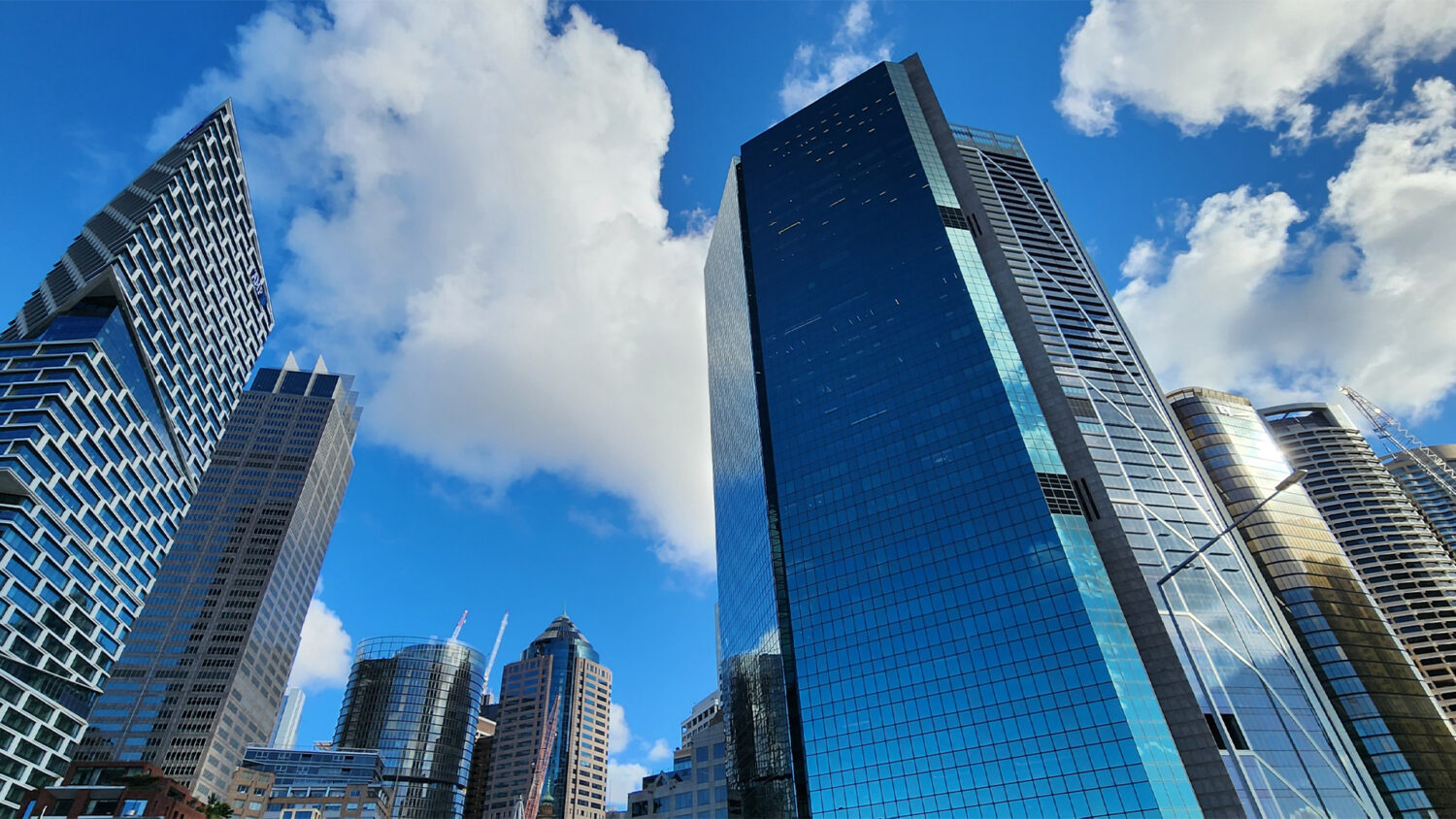Stability amid the Storm: Why Commercial Property Remains the Safe Haven for Investors
22 April 2025
By Yosh Mendis, Burgess Rawson National Partner, Head of Agency NSW
With tariff and policy uncertainty and shifting economic conditions casting a shadow over global markets, commercial property is proving to be a reliable anchor for investors. Our most recent campaigns show vast sums of capital remain poised for deployment, with buyers increasingly targeting assets that offer income stability, strong lease covenants and long-term growth potential.
Tariff announcements from US President Donald Trump have rattled share markets worldwide, with Australia’s S&P/ASX 200 index recently experiencing sharp fluctuations. Yet, while equities falter, interest in long-term, income-producing assets like commercial real estate is on the rise.
Despite broader market turbulence, investor enquiry levels for commercial assets are increasing. Burgess Rawson has observed a notable uptick in interest across recent campaigns, underscoring the appeal of bricks-and-mortar investments during times of volatility. Civil Mart in Wodonga attracted five offers and the IGA-anchored centre in St Georges Basin, NSW, received ten. The depth of demand reflects a clear trend: investors are shifting focus to tangible, stable assets backed by long-term leases.
Real estate equities have also defied broader market weakness. In recent weeks, the S&P/ASX 200 rose modestly by 0.2%, largely buoyed by property stocks, which outperformed all other sectors with a 1.8% gain. Key players such as Goodman Group (+3.3%), Stockland (+1.5%) and Charter Hall (+3%) led the charge, reaffirming confidence in the sector’s long-term fundamentals. While equity markets remain sensitive to external shocks like the imposition of new tariffs, the performance of real estate on the ASX highlights the stability and resilience of the property sector. These movements also reflect a flight to quality and a preference for secure income-generating assets during periods of uncertainty.
With inflation softening and the Reserve Bank of Australia holding the cash rate at 4.10%, expectations are mounting for a rate cut in May. Economists now anticipate up to three additional cuts beyond that, aimed at bolstering economic momentum. Lower interest rates would likely fuel further investor appetite for commercial property, enhancing returns and lowering the cost of debt.
In this context, a disciplined, long-term investment strategy becomes even more crucial. Market cycles are inevitable, but quality commercial assets—particularly those leased to national or essential service providers—offer durability and predictable income over time. Our latest campaigns recognised investor sentiment is already shifting in this direction, with high levels of undeployed capital actively seeking placement in high-quality property assets.
Policy certainty and targeted government initiatives are also bolstering investment in specific asset classes. In early education, both major political parties have outlined comprehensive plans to strengthen the sector ahead of the 2025 election. Labor’s $3.6 billion wage subsidy and a $1 billion expansion plan are designed to lift capacity and retain staff, creating favourable conditions for operators and investors alike. Robust demand for childcare assets, with strong results across both metropolitan and regional locations. This reflects broader confidence in sectors supported by long-term government funding, reliable tenant demand, and social importance.
While tariff-driven shocks and sharemarket volatility may dominate headlines, commercial property continues to offer consistency and clarity. As investors recalibrate their portfolios in the face of geopolitical risk and policy shifts, the stability and income reliability of well-leased commercial assets stand out. With heightened enquiry levels, strong campaign performance, and supportive monetary and fiscal settings, the commercial property sector remains one of the most resilient investment avenues in today’s climate.






